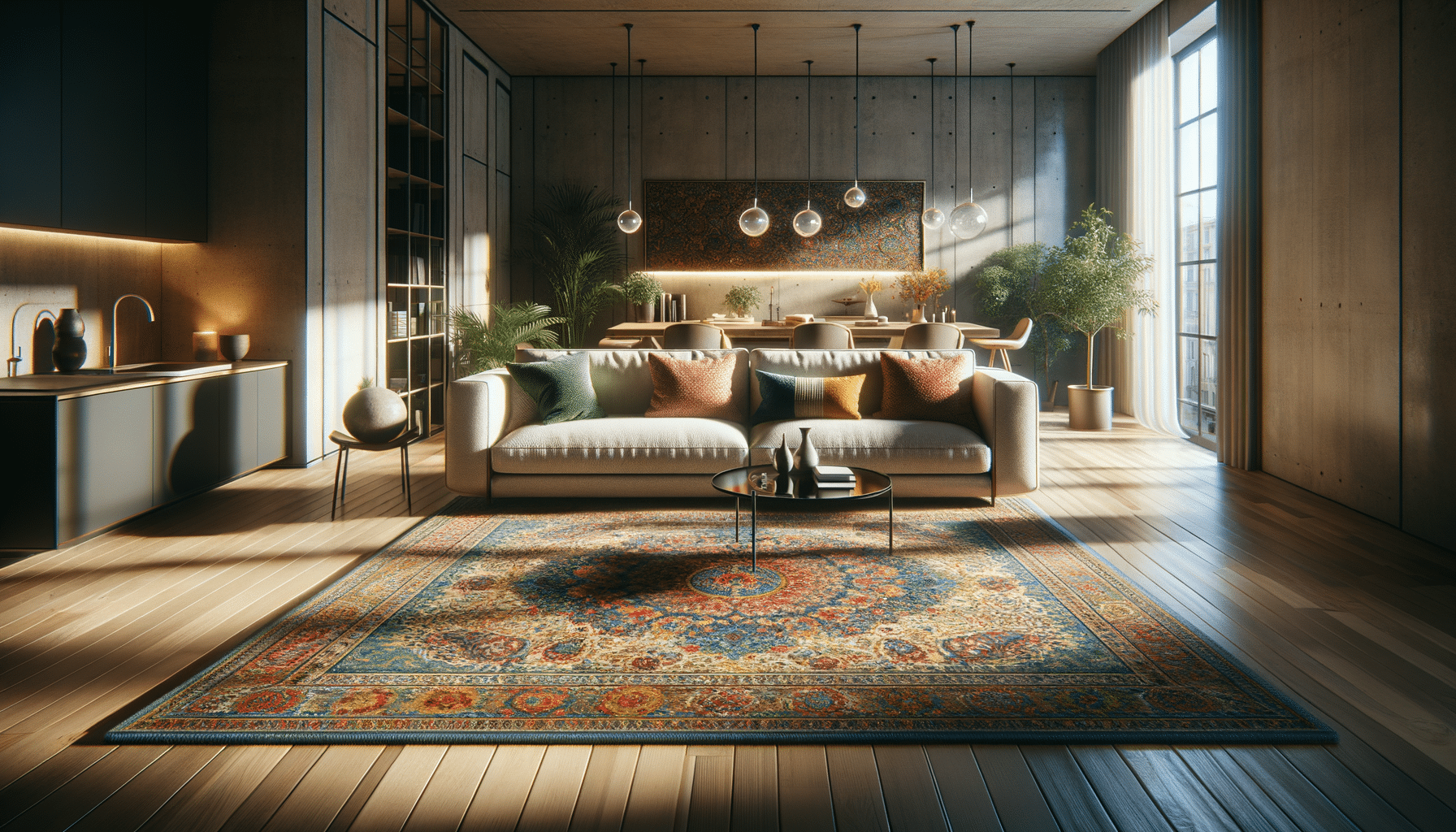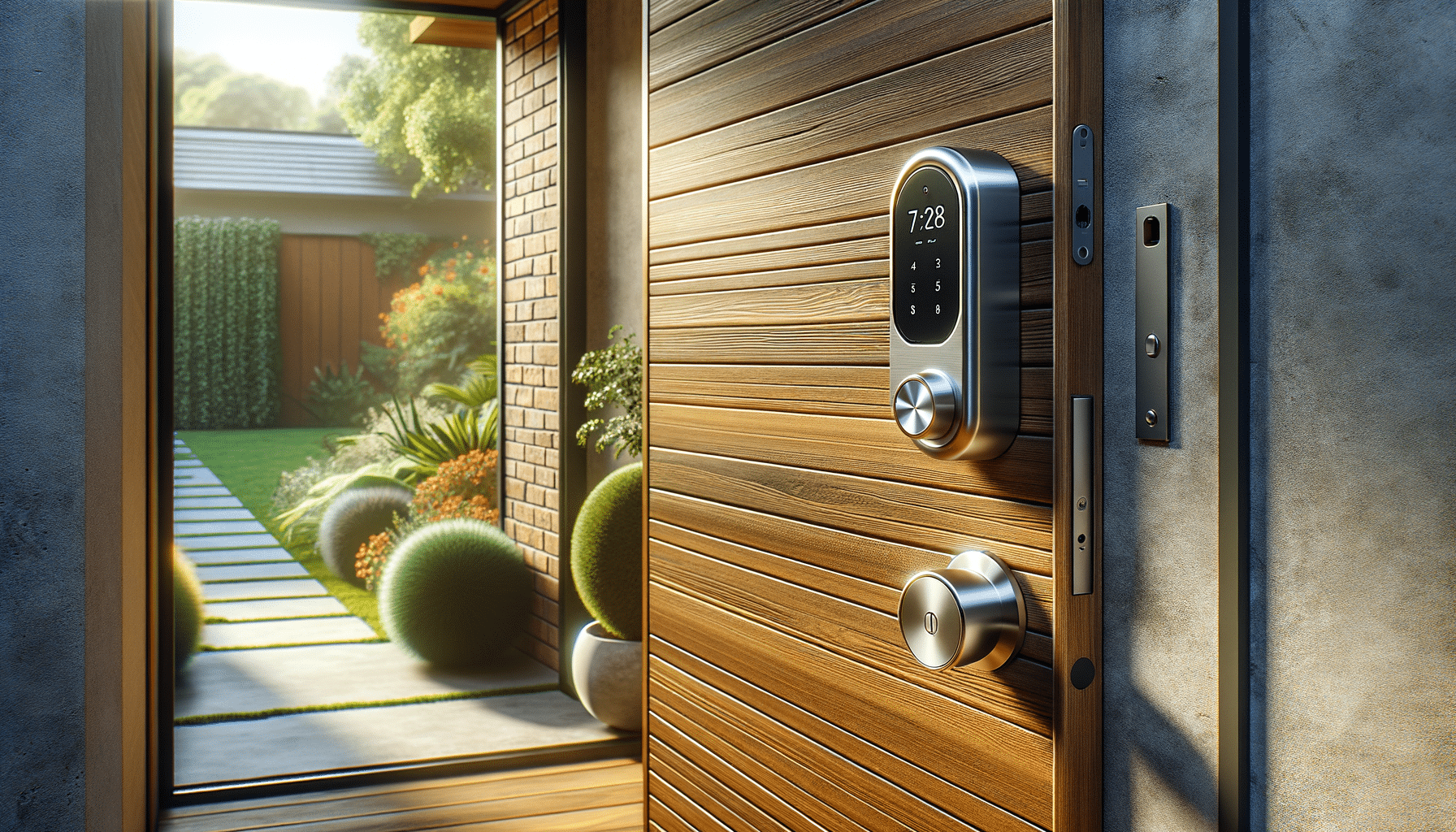
Exploring the Versatility and Charm of Area Rugs
The Multifaceted Role of Area Rugs in Home Décor
Area rugs are a versatile and charming addition to any home, offering both aesthetic appeal and practical benefits. These decorative pieces have the power to transform a room, adding warmth, texture, and a splash of color. The role of an area rug extends beyond mere decoration; it also serves functional purposes such as defining spaces, reducing noise, and providing comfort underfoot.
One of the primary functions of an area rug is to define and anchor a space. In open-plan homes, where living, dining, and kitchen areas may flow into one another, rugs can delineate distinct zones. This not only helps in organizing the space but also enhances the visual appeal by creating a coherent design narrative. For instance, a vibrant rug in the living area can draw attention and create a focal point, while a subtler pattern in the dining space can complement the overall theme without overwhelming it.
Beyond aesthetics, area rugs also contribute to the acoustics of a room. Hardwood or tile floors, while beautiful, can often amplify sound, leading to an echoing effect. Rugs help absorb sound, reducing noise levels and creating a more serene environment. This is particularly beneficial in busy households or apartments where noise control is a concern.
Moreover, area rugs add a layer of comfort and warmth, especially in cooler climates. Walking on a soft rug feels significantly more pleasant than stepping onto a cold, hard floor. This comfort factor makes rugs a popular choice for bedrooms and living rooms, where comfort and coziness are paramount.
Choosing the Right Area Rug for Your Space
Selecting the perfect area rug involves considering several factors, including size, material, and style. The right rug can tie a room together, while the wrong choice can disrupt the flow and harmony of the space.
Size is a crucial consideration when choosing a rug. A rug that is too small can make a room feel disjointed, while an overly large rug can overwhelm the space. A general rule of thumb is to ensure that the rug is large enough to fit under the front legs of furniture in a living room, or to extend beyond the edges of a dining table when chairs are pulled out.
Material is another important factor. Rugs come in a variety of materials, each with its own set of characteristics. Wool rugs are known for their durability and softness, making them a popular choice for high-traffic areas. Cotton rugs are more affordable and easy to clean, but may not be as durable as wool. Synthetic fibers like nylon or polyester offer stain resistance and are often more budget-friendly, making them suitable for households with children or pets.
Style and design should reflect your personal taste and complement the existing décor. From traditional Persian patterns to modern geometric designs, the options are vast. Consider the color scheme of the room and choose a rug that either harmonizes with or contrasts the existing palette to create visual interest.
Caring for Your Area Rug: Tips and Best Practices
Proper care and maintenance of area rugs are essential to preserve their beauty and extend their lifespan. Regular cleaning is key, as rugs can accumulate dust, dirt, and allergens over time.
Vacuuming your rug regularly is the first step in maintenance. This helps remove surface debris and prevents dirt from becoming embedded in the fibers. For wool rugs, use a vacuum without a beater bar to avoid damaging the fibers. Cotton or synthetic rugs can generally withstand more vigorous vacuuming.
In addition to vacuuming, it’s important to address spills and stains promptly. Blot spills with a clean, absorbent cloth, avoiding rubbing which can spread the stain. For tougher stains, a mild detergent or a solution of water and vinegar can be effective. Always test any cleaning solution on a small, inconspicuous area of the rug first to ensure it doesn’t cause discoloration.
Periodic deep cleaning is also recommended to maintain the rug’s appearance and hygiene. Depending on the material, this could involve professional cleaning services or a thorough wash at home. Always follow the manufacturer’s care instructions to avoid damaging the rug.
The Environmental Impact of Area Rugs
As consumers become more environmentally conscious, the sustainability of home furnishings, including area rugs, has gained importance. The environmental impact of a rug depends largely on the materials used and the manufacturing process.
Natural fibers such as wool, jute, and cotton are generally more sustainable choices. Wool is biodegradable and renewable, and its production tends to have a lower carbon footprint compared to synthetic materials. Jute, a plant fiber, is also biodegradable and grows quickly, making it an eco-friendly option.
Synthetic materials, while often more affordable and durable, can have a greater environmental impact. They are typically derived from petroleum products and may not biodegrade, contributing to landfill waste. However, some manufacturers are now producing rugs from recycled materials, offering a more sustainable alternative.
When purchasing an area rug, consider the environmental certifications and labels that indicate eco-friendly practices, such as those from reputable environmental organizations. Supporting brands that prioritize sustainability can make a positive impact on the environment.
Area Rugs as a Reflection of Personal Style
Area rugs offer a wonderful opportunity to express personal style and creativity in home décor. They act as a canvas upon which homeowners can project their aesthetic preferences, be it bold and colorful or subtle and understated.
For those who love vibrant colors, a rug with a bold pattern can serve as a statement piece, infusing energy and personality into a room. On the other hand, a neutral-toned rug can provide a calm and sophisticated backdrop, allowing other design elements to shine.
Rugs can also reflect cultural influences and personal experiences. A handwoven rug from a specific region can tell a story and add a unique touch to the décor. Such pieces often carry cultural significance and craftsmanship, adding depth and character to the space.
Ultimately, the choice of an area rug is an expression of individuality. It is a versatile tool in the hands of the homeowner, capable of transforming a space and imparting a sense of identity and warmth to a home.


